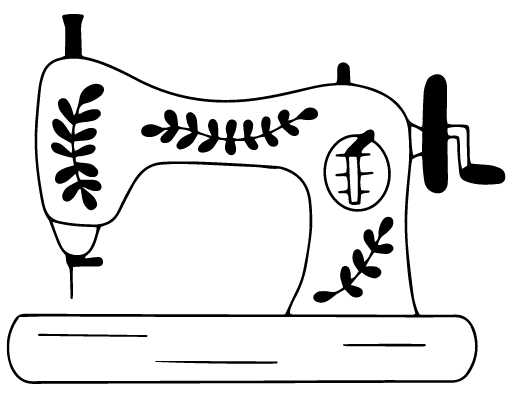Sewing Basics
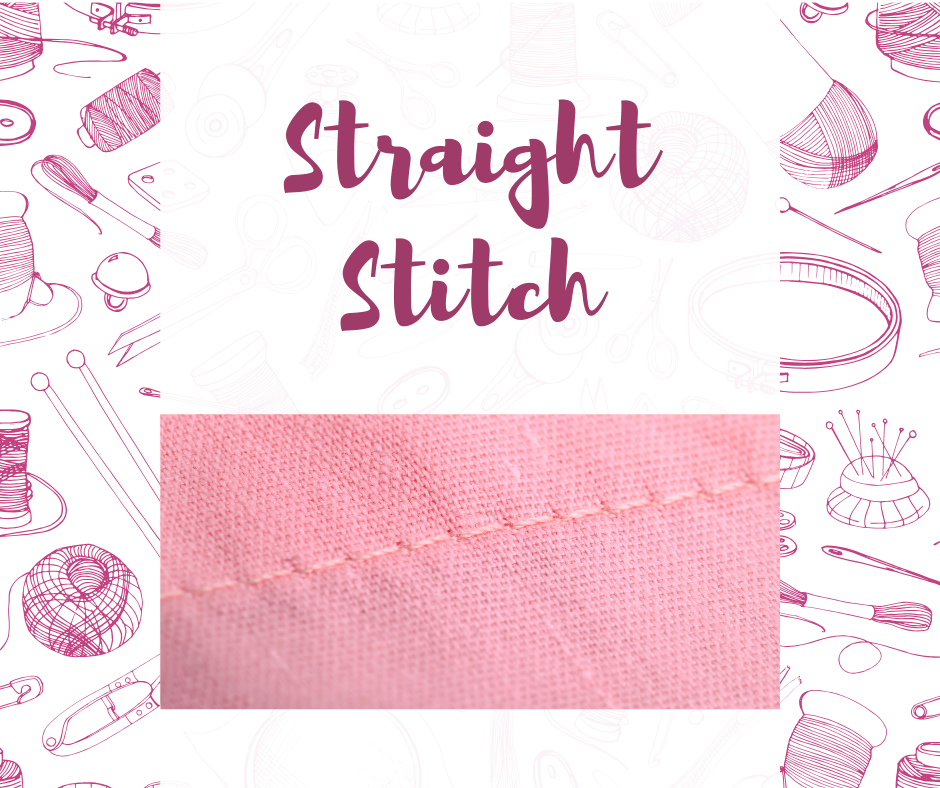
Straight Stitch
The straight stitch is the most basic and commonly used stitch in sewing. It forms a straight line of stitches.
How to do it:
1. Select the straight stitch on your sewing machine.
2. Place the fabric under the presser foot and align it with the desired seam allowance.
3. Lower the presser foot.
4. Begin sewing while guiding the fabric evenly, keeping the edge aligned with the seam guide on the throat plate.
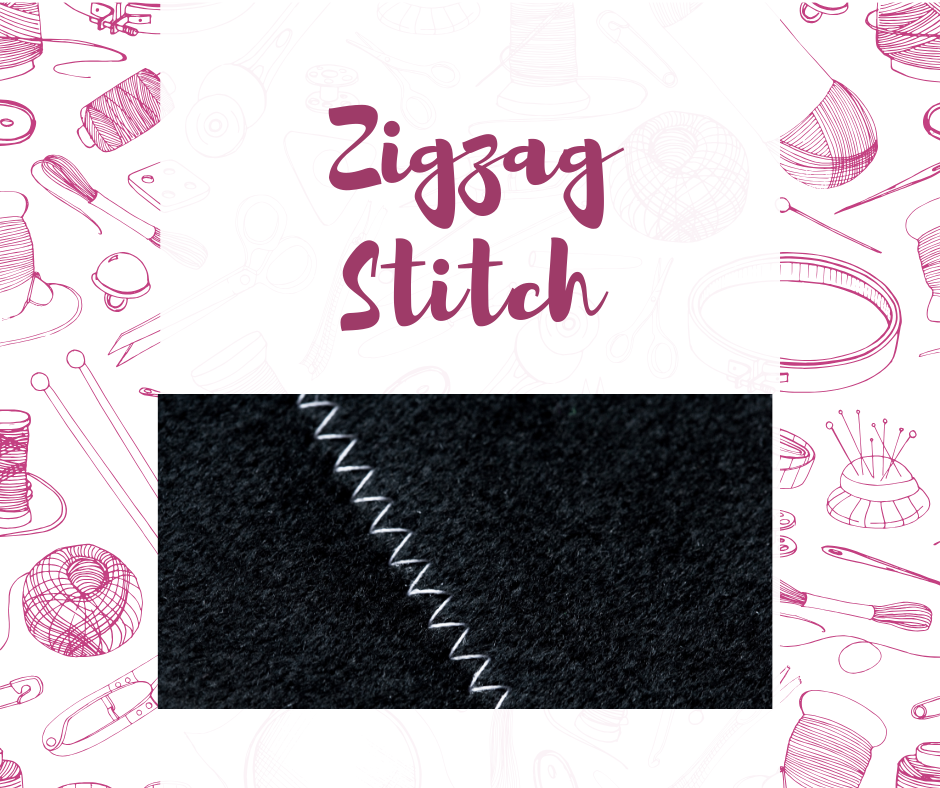
Zigzag Stitch
The zigzag stich creates a zigzag pattern and is versatile for finishing raw edges, sewing stretchy fabrics, and creating decorative designs.
How to do it:
1. Select the zigzag stitch on your sewing machine.
2. Adjust the stitch width and length as needed for your project.
3. Place the fabric under the presser foot and lower it.
4. Start sewing, guiding the fabric to create the desired zigzag pattern.
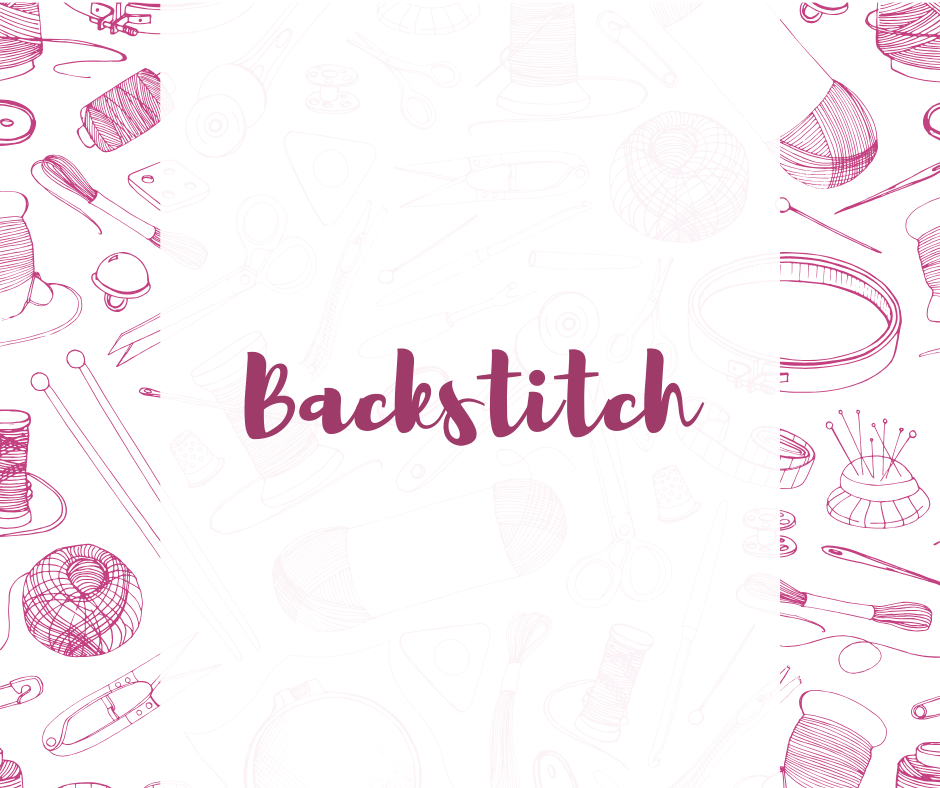
Backstitch Stitch
The backstitch is used at the beginning and end of a seam to secure it. It prevents stitches from unraveling.
How to do it:
1. Select the straight stitch on your sewing machine.
2. Begin sewing
3. After a few stitches, reverse the machine by using the reverse lever or button.
4. Sew backward for a few stitches.
5. Release the reverse control and continue sewing forward to complete the seam.
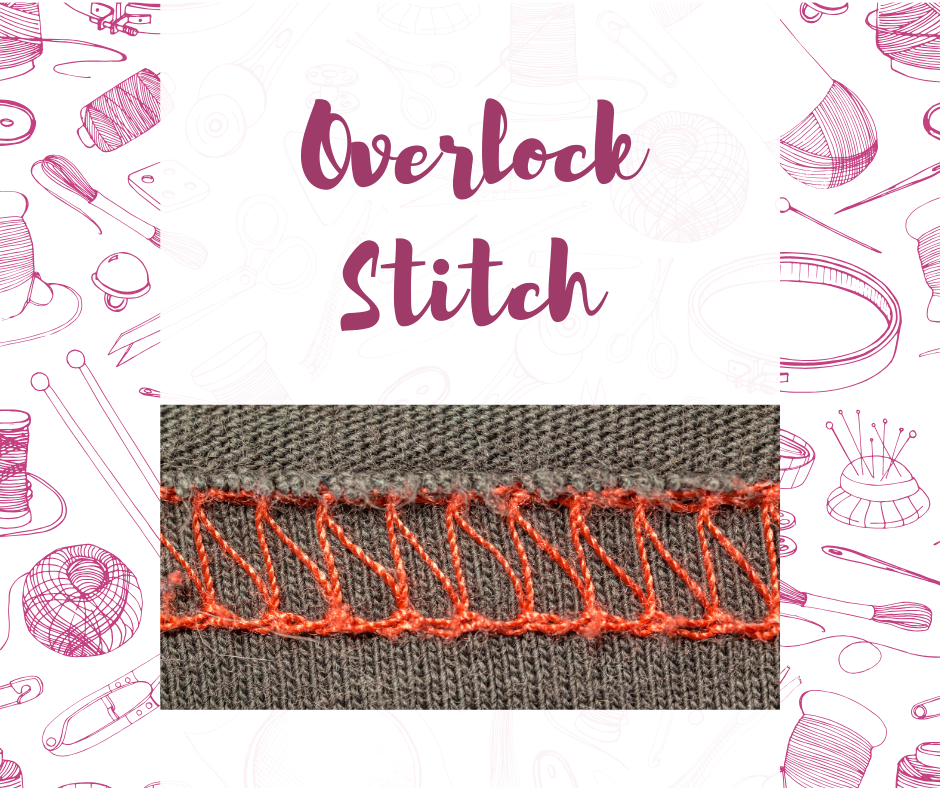
Overlock or Serger Stitch
Overlock stitches are used to finish the edges of fabric, preventing fraying. This stitch is typically created using a overlocker (serger) machine.
How to do it:
1. Use a serger machine or a sewing machine with overlock capabilities.
2. Place the fabric under the presser foot and align the edge with the knife or cutting blade on the serger.
3. Lower the presser foot and begin sewing. The machine will simultaneously trim the fabric edge and create an overlock stitch.
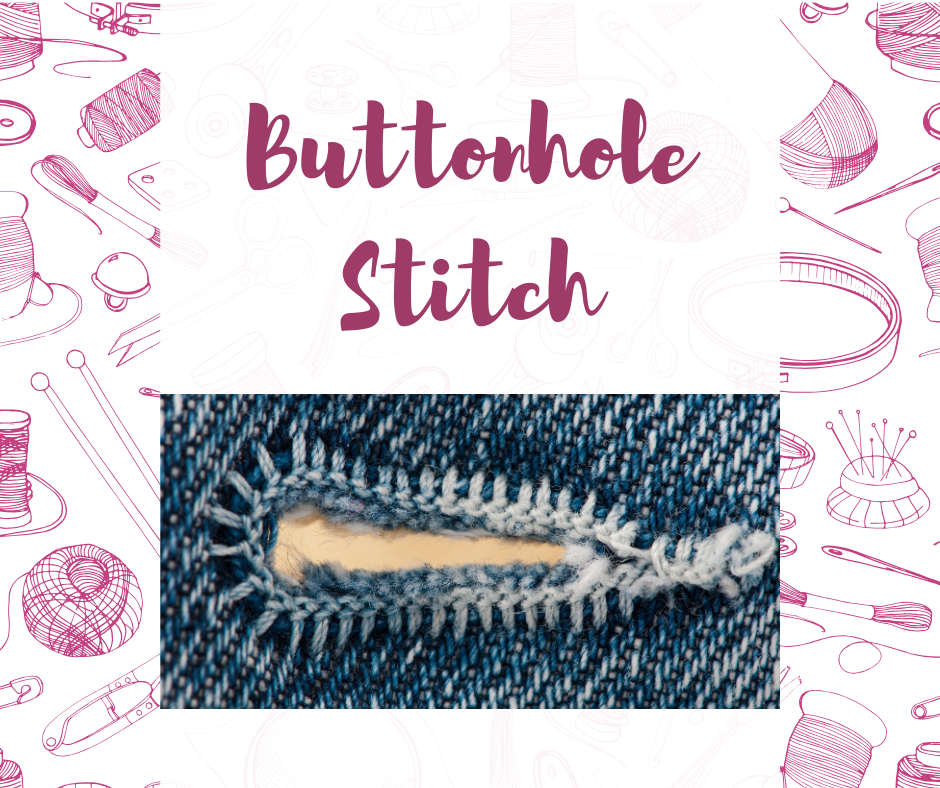
Buttonhole Stitch
Buttonhole stitches are used to create openings for buttons in fabric. Modern sewing machines often have an automatic buttonhole function.
How to do it:
1. Select the buttonhole stitch on your sewing machine.
2. Place the fabric where you want the buttonhole to be.
3. Lower the presser foot and start sewing. The machine will automatically create the buttonhole, typically in four steps: left side, bottom, right side, and top.
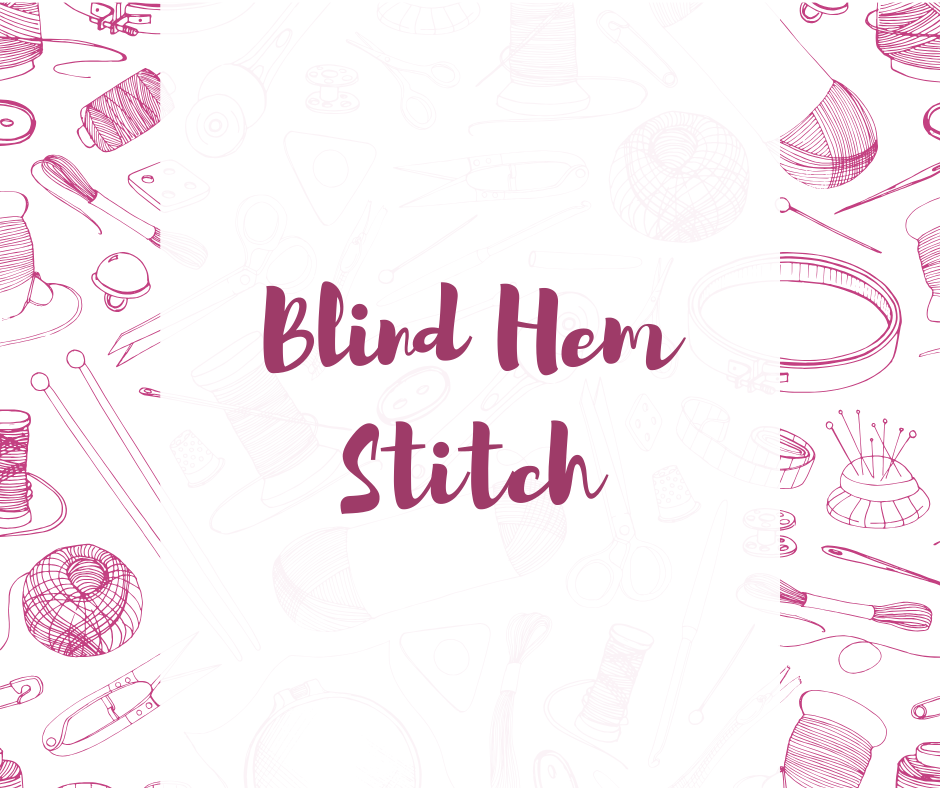
Blind Hem Stitch
The blind hem stitch is used for hemming garments when you want the stitching to be inconspicuous from the outside.
How to do it:
1. Select the blind hem stitch on your sewing machine.
2. Fold the fabric edge to create a narrow hem.
3. Align the folded edge with the guide on the sewing machine.
4. Lower the presser foot and begin sewing. The machine will create a series of straight stitches and small zigzag stitches that catch the folded fabric.
Sewing Terminology
Bias: The diagonal direction of woven fabric, often used for binding and adding flexibility to seams.
Binding: A strip of fabric used to encase raw edges, often seen on quilt edges or as a decorative finish.
Bobbin: A small spool that holds the lower thread in a sewing machine.
Basting: Temporary, long, and loose stitches used to hold fabric layers together before permanent stitching.
Buttonhole: An opening in fabric created to secure buttons, often with a reinforced stitch.
Dart: A folded and stitched tapered seam used for shaping garments to fit curves, such as bust or waist drats.
Edgestitching: Stitching close to the edge of fabric for a neat finish and added stability.
Feed dogs: The small, toothed mechanisms on the sewing machine that move the fabric under the presser foot.
Gathering: The process of creating controlled gathers or pleats in fabric for fullness or decorative purposes.
Hem: A finished edge of fabric, often folded and stitched to prevent fraying.
Interfacing: A stabilizing material applied to fabric to provide structure and support in areas like collars and cuffs.
Notions: Small sewing supplies such as buttons, zippers, snaps, and thread.
Pinking Shears: Scissors with serrated blades used for cutting fabric to prevent fraying.
Presser Foot: The attachment on the sewing machine that holds the fabric down while stitching.
Raw Edge: The cut edge of fabric that may fray if left untreated.
Right Side and Wrong Side: The “right side” is the visible side of the fabric, while the “wrong side” is the hidden side.
Seam Allowance: The area between the stitching line and the edge of the fabric on a seam.
Serpentine Stitch: A decorative stitch that resembles a wavy line, often used for embellishment.
Tension: The amount of pressure applied to the thread as it passes through the sewing machine, affecting stitch formation.
Topstitching: Stitching on the outside of a garment, often used decoratively or to secure seams.
Understitching: Stitching close to a seam allowance on the facing side to help facings or linings stay inside and not roll out.
Walking Foot: A sewing machine foot used for sewing multiple layers of fabric or slippery materials.
Zigzag Stitch: A stitch that moves back and forth in a zigzag pattern, used for seam finishing, stretch fabrics, and decorative purposes.
Tack Stitch: Short, straight stitches used for reinforcement or to hold layers together temporarily.
Staystitching: A row of stitches made along the edge of fabric to prevent stretching or distortion.
Grainline: The direction parallel to the selvage, typically indicated on sewing patterns for proper fabric alignment.
Notch: A small cut or marking on a pattern piece used for alignment during sewing.
Seam Ripper: A tool used to remove stitches or open seams when mistakes are made.
